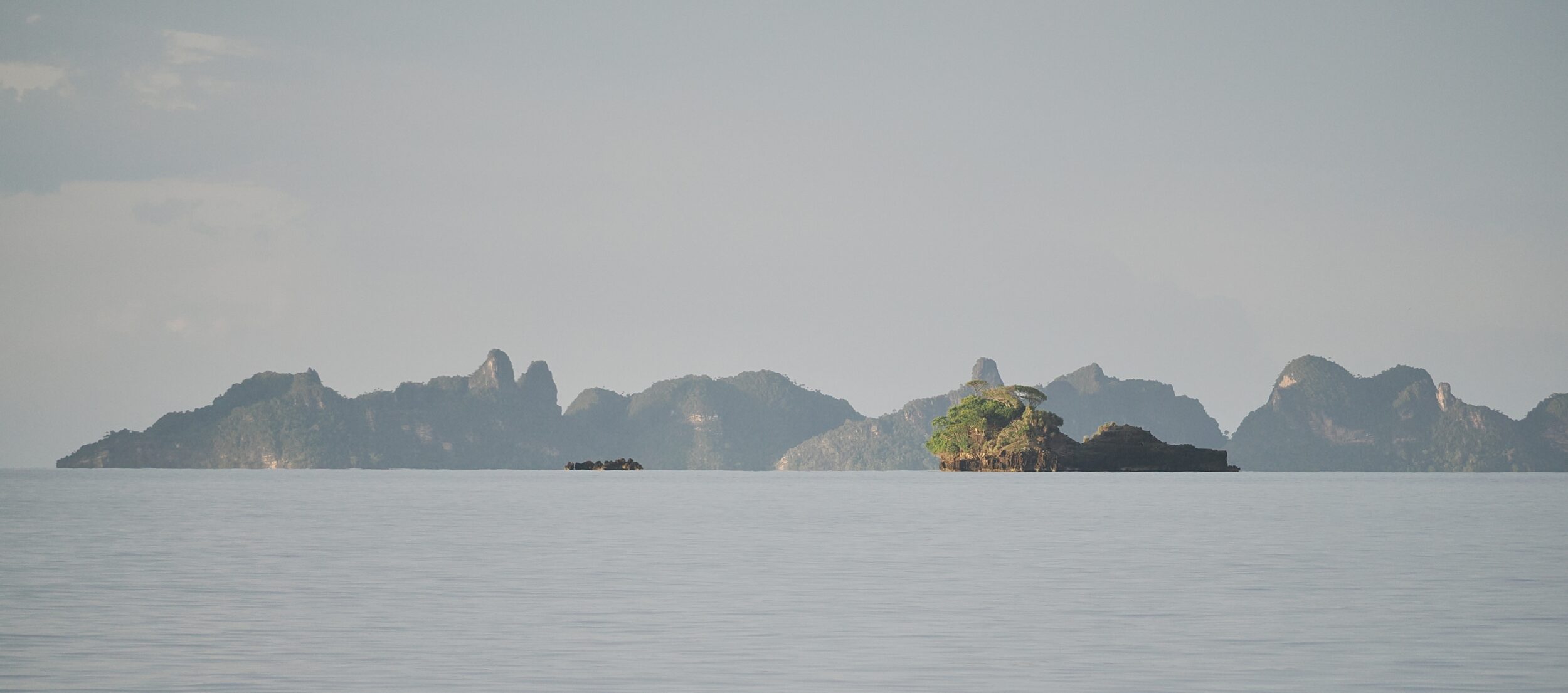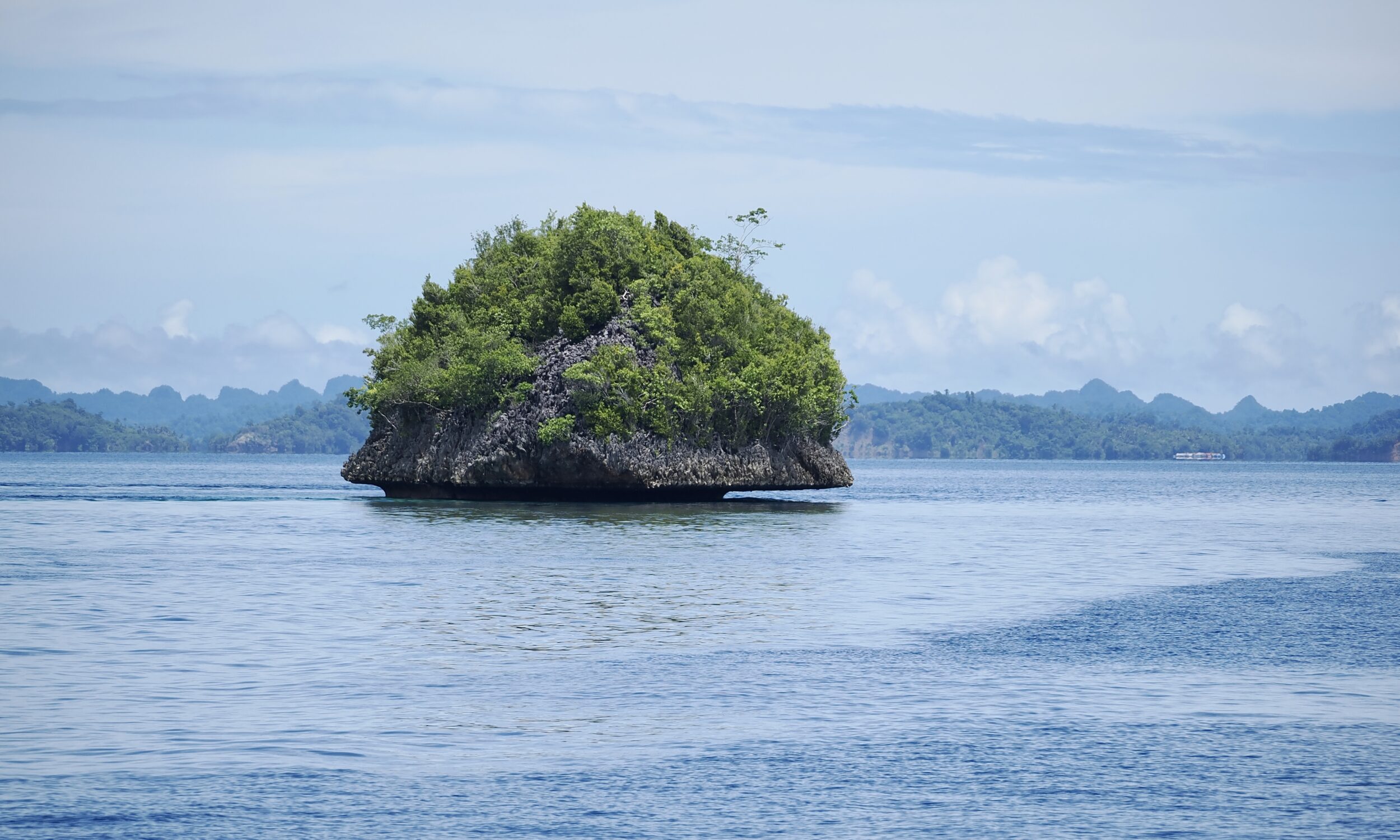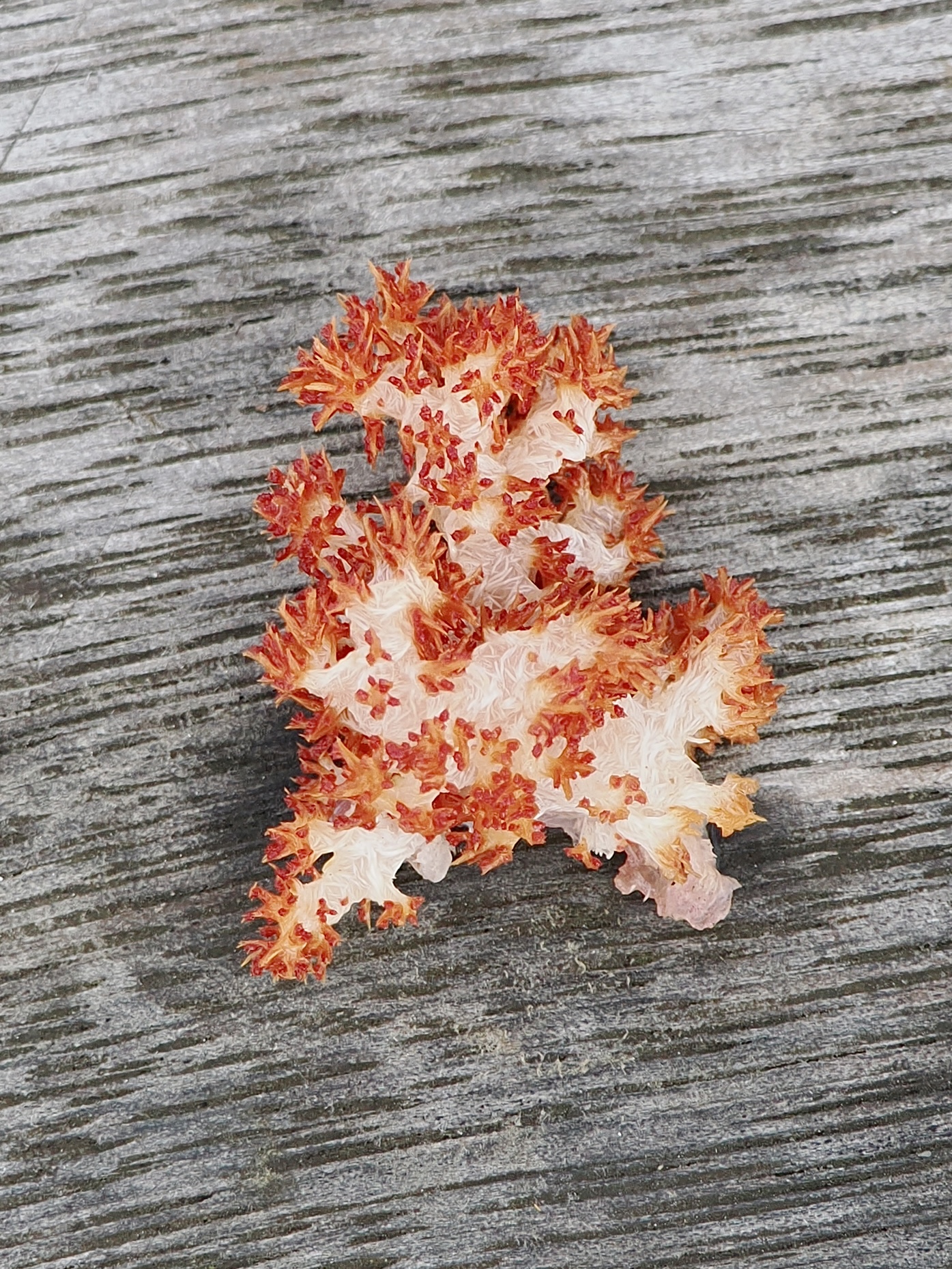The name of “our” pinisi – Ombak Putih – translates into English as “white wave”.
13 October 2024 was our final full day in Raja Ampat.
Before that morning’s snorkelling at Yenbuba (aka “Yanbuba”) – which is surely among the world’s finest snorkelling sites – our hosts hoisted Ombak Putih’s sails, so we could see and photograph the vessel in its full glory.
Comments closed








